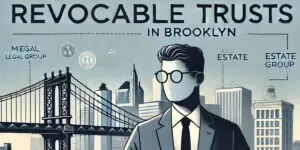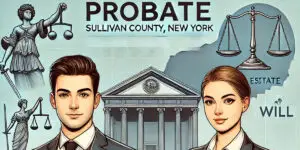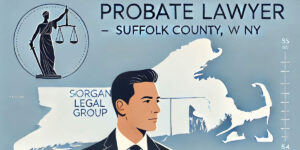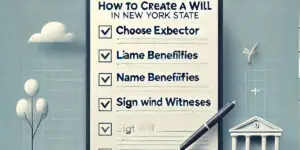A City Council member representing the Lower East Side has moved one step closer to curtailing the planned skyscrapers in her neighborhood. The City Council unanimously approved a text amendment filed by Margaret Chin, Intro 1685, that would allow local residents and elected officials to get involved earlier than they do now, when new projects are proposed in their neighborhood. The bill essentially seeks to reduce the preapplication period for developers. During this time developers meet privately with city planning officials to hash out their projects, but Chin’s bill would look to get the public involved right from the start.
The bill has been opposed by both the Department of City Planning and the Real Estate Board of New York (REBNY), but Chin insisted at Tuesday’s City Council meeting that her colleagues should not bow down to the pressures of the real estate industry.
“We must give our communities a proper chance,” She said at the meeting. “If the real estate board is threatened, then good, it is not our job to represent real estate developers. This will help protect our communities.”
What Is a Bill?
A bill is proposed legislation under consideration by a legislature. A bill does not become law until it is passed by the legislature and, in most cases, approved by the executive. Once a bill has been enacted into law, it is called an act of the legislature, or a statute. Bills are introduced in the legislature and are discussed, debated and voted upon. Bills are introduced in either the House of Commons or House of Lords for examination, discussion and amendment.
When both Houses have agreed on the content of a Bill it is then presented to the reigning monarch for approval (known as Royal Assent). Once Royal Assent is given a Bill becomes an Act of Parliament and is law. Different types of Bills can be introduced by:
- The government
- Individual MPs or Lords
- Private individuals or organisations
There are three different types of Bill: Public, Private and Hybrid Bills. There is also another kind of Public Bill called Private Members’ Bills.
- More on Public Bills
- More on Private Members’ Bills
- More on Private Bills
- More on Hybrid Bills
You can access the amendments that have been tabled in relation to a particular Bill as well as view what happened to each amendment on the bills individual webpage found in Bills before Parliament. You can access the amendments through ‘Bill documents’ or through the ‘Public Bill Committee’ proceedings.
Bills to curtail lower East side skyscrapers
A state justice in Manhattan ruled that the latest mega projects on the Lower East Side, could not continue as planned, issuing a stinging rebuke to developers who have wanted to build three luxury waterfront apartment towers with some affordable units, one of which would stand over 1,000 feet. The buildings, between the Manhattan and Williamsburg on the East River, would add nearly 3,000 apartments and soar above a part of the city dotted with low-rise walk-ups and buildings that have been home to waves of immigrants. The justice, Arthur F. Engoron of State Supreme Court, overruled a city agency’s approval of the project in 2016, ordering the developers to essentially start over and go through the city’s lengthy and arduous public review process. The justice’s searing opinion echoed what many opponents have said about similar super-tall buildings in Manhattan: They overwhelm the neighborhood, disrupt the character of the area and displace less wealthy residents. “The irreparable harm here is twofold,” Justice Engoron wrote in his opinion. “First, a community will be drastically altered without having had its proper say. Second, and arguably more important, allowing this project to proceed without the City Council’s imprimatur would distort the City’s carefully crafted system of checks and balances.”
The story of New York City over the past decades has been of constant redevelopment, spurred by city investments, eager developers and low crime. Residential towers have sprouted around Central Park, Lower Manhattan, Downtown Brooklyn and Long Island City in Queens, among other areas. But those projects, including Two Bridges, have been increasingly met with intense resistance. Critics have blamed developers for exacerbating gentrification, increasing the cost of housing and building palatial penthouses for the uber-wealthy, some of whom do not even live in them. Developers and urban planning specialists have countered that New York has been a city in constant churn and that remaking neighborhoods is crucial to the city’s economic vitality and its place as a global capital. On the Lower East Side, however, neighborhood groups say that Two Bridges will displace residents and raise property taxes beyond what people can afford. Francisca Benítez, who had spoken out against the development, said on Friday that she worried that the judge’s ruling was only a temporary setback.
Get help
If you would like to learn more, call us today, any one of our estate planning attorneys would be happy to assist you.









